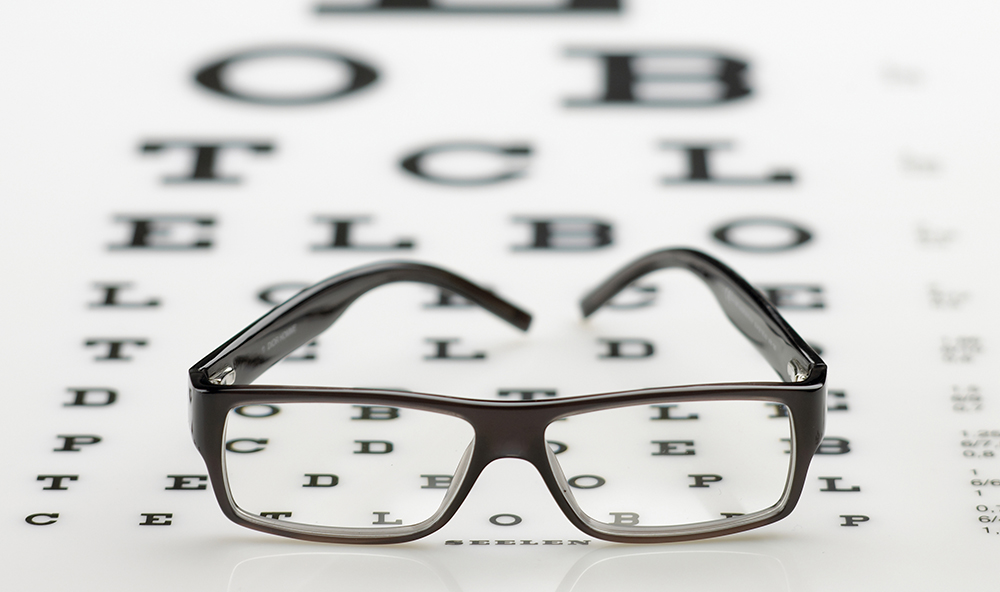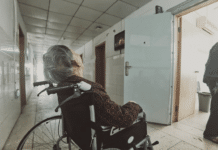An estimated one million people suffer from Glaucoma in Spain and according to the Asociación de Glaucoma para Afectados y Familiares (AGAF), of these, 500,000 do not know that they suffer from it.
The organization warns that around 25,000 Spaniards diagnosed with this ophthalmological disease could suffer total blindness, despite following all treatments and medical check-ups.[1] According to the EDAD survey 2008, Glaucoma and Diabetic Retinopathy are the leading causes of visual impairment in Spain[2].
That is why this World Glaucoma Week (March 10-16), all six Specsavers Ópticas stores on the Costa Blanca are stressing the importance of having regular eye tests to detect the early signs and symptoms of the condition as well as highlighting the common risk factors associated with it.
Raised eye pressure
Glaucoma occurs when naturally-occurring fluid inside the eye does not drain properly causing a build-up of pressure. When you see your optometrist, they will carry out an eye pressure test using a tonometer which is useful in identifying people who might have or are at risk of developing glaucoma.
Change in vision
With chronic glaucoma, the visual loss can initially be very subtle and occurs just beyond your central vision, progressing slowly inwards towards your central vision and outwards into the periphery. The way this is detected by your optometrist is through the use of a visual field test. However, acute glaucoma is often sudden and painful and may present with other symptoms including blurred vision and haloes around lights.’
Optic nerve damage
When you have glaucoma, the build-up of eye pressure can cause damage to the optic nerve and nerve fibres from the retina. This can be assessed in a variety of ways during your examination, but the real detail of a customer’s eye health will come from a photograph taken with a retinal camera.
Your genes
There are several factors which could make you more at risk of developing glaucoma such as family history of the disease. Those who have black–African heritage or who have higher levels of short sightedness are also more at risk.
Your age
Your age also plays a big part, but glaucoma can generally be treated effectively if detected early and, in most cases, a daily eye drop can be used for treatment.
Mike Stone from Specsavers Ópticas Javea and Calpe concludes: ‘Our sight is precious. We ensure we visit our dentist every six months, and a sight test every two years should also be on everyone’s to do list. It can, quite literally, save your sight.’
For further information or to book an eye test visit: www.specsavers.es





